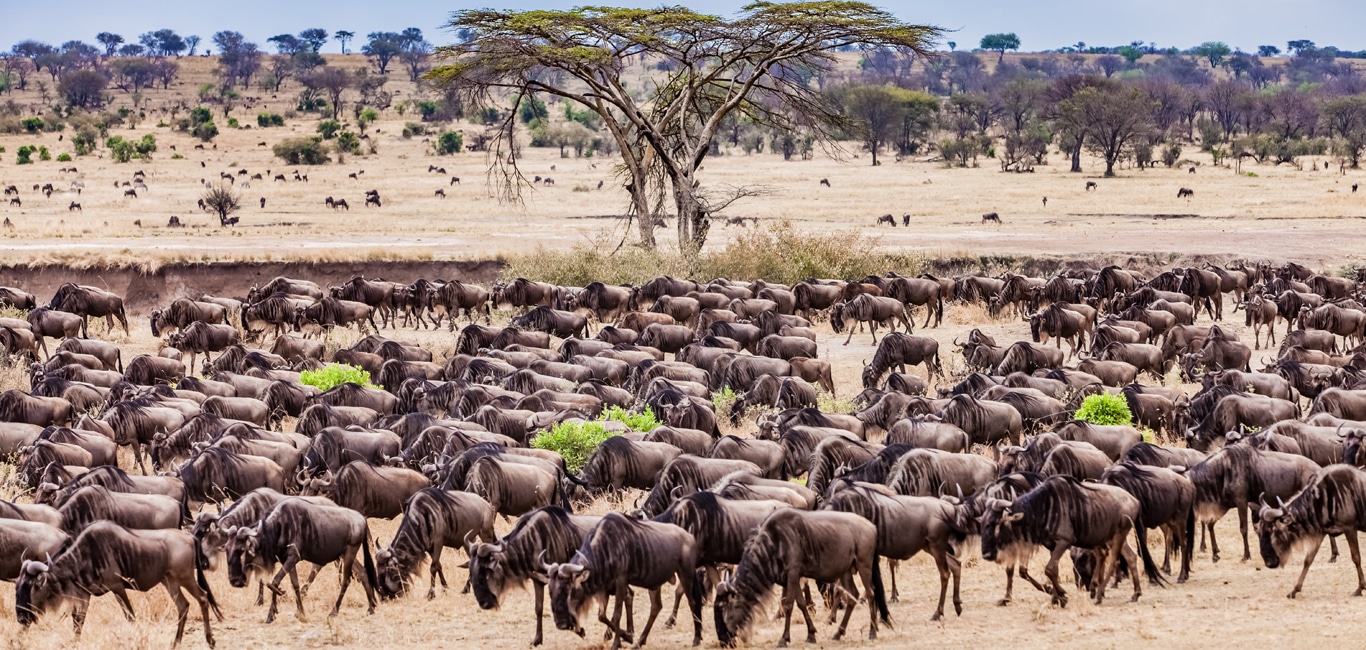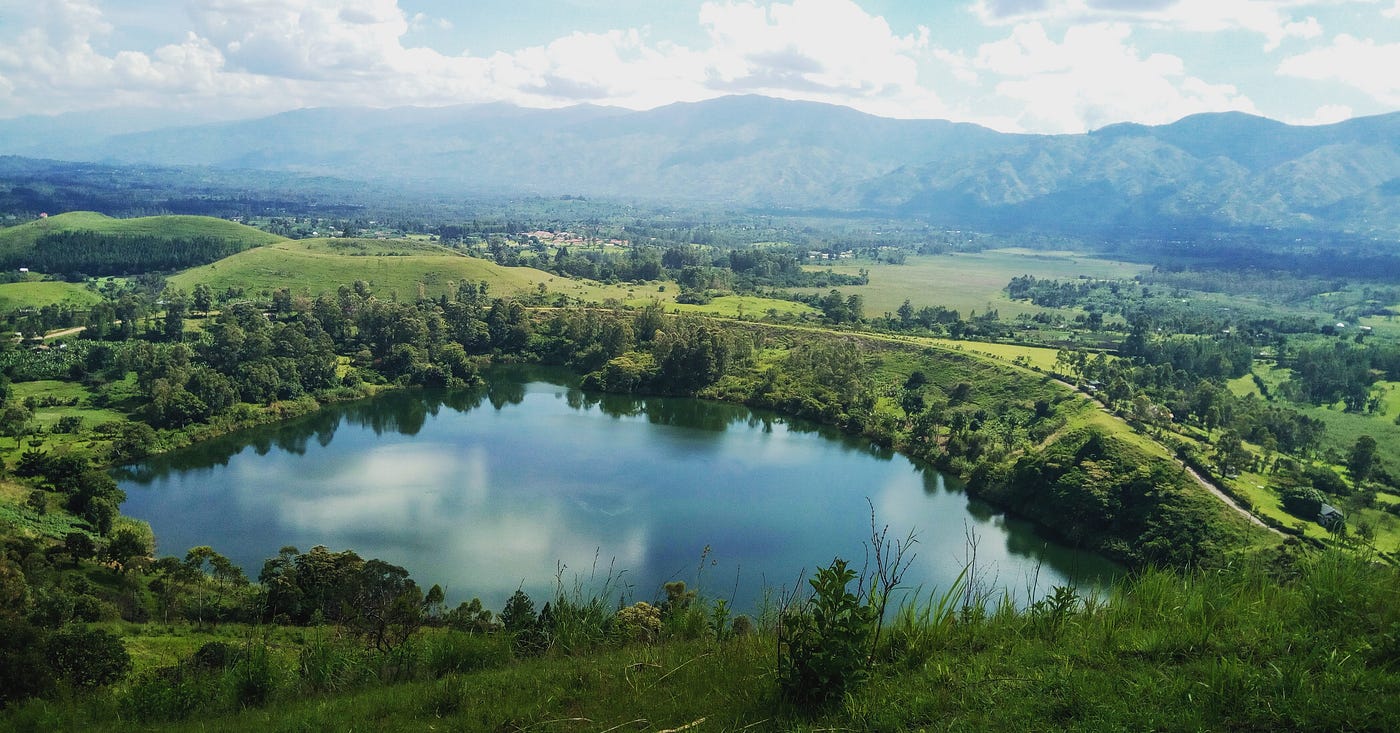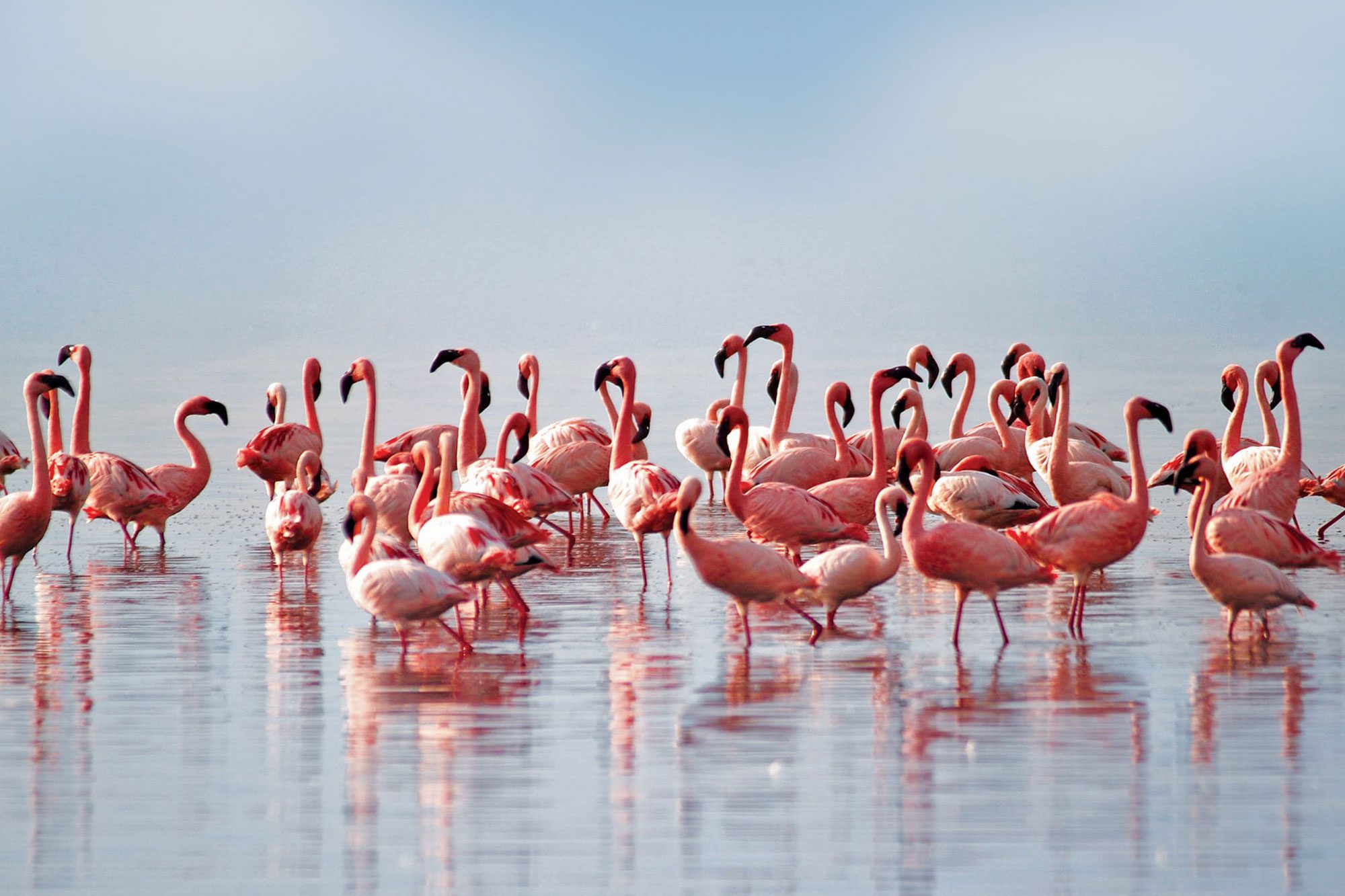National parks and Reserves in Tanzania National parks and Reserves in Tanzania take almost a…
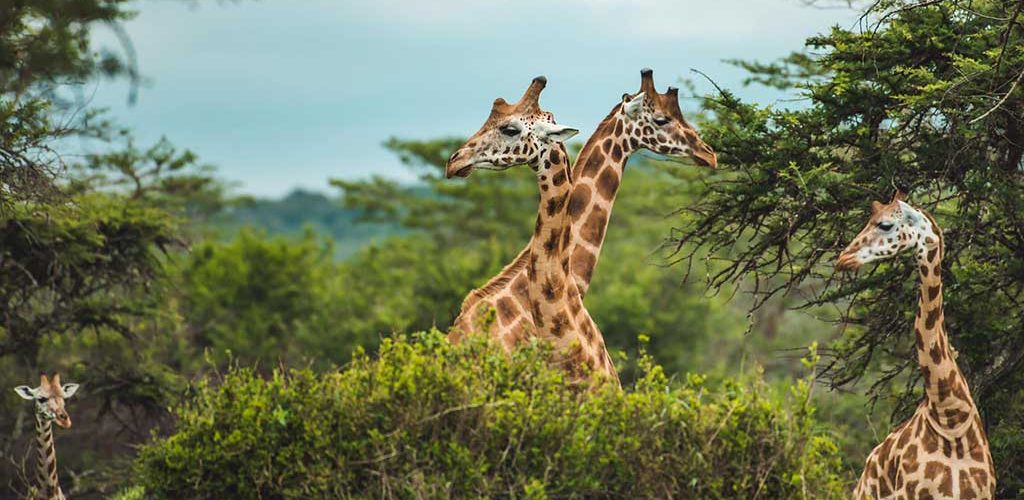
Attractions in Pian Upe Wildlife Reserve
Attractions in Pian Upe Wildlife Reserve
Located in the northeastern corner of Uganda, Pian Upe Wildlife Reserve stands as the country’s second-largest protected area, spanning over 2,788 square kilometers. Established in 1964, this expansive reserve offers a sanctuary for a diverse array of wildlife and serves as a cultural crossroads for the semi-nomadic Karamojong people. Its remote location and low visitor numbers ensure an intimate and authentic safari experience, far removed from the crowds of more frequented parks.
Pian Upe is renowned for its rich biodiversity, providing a haven for both common and rare species. Among its inhabitants are the elusive cheetahs, with sightings reported up to 80% of the time, making it one of the best places in Uganda to observe these magnificent predators. Additionally, the reserve is home to the country’s only remaining population of roan antelopes, a rare and endangered species. Other notable mammals include leopards, lions, giraffes, zebras, buffaloes, and various antelope species such as the Uganda kob, Oribi, and Jackson’s hartebeest.
For the best wildlife viewing, early morning and late afternoon game drives are recommended, as animals are more active during these cooler parts of the day. Guided tours enhance the experience, offering insights into animal behavior and the reserve’s ecology.
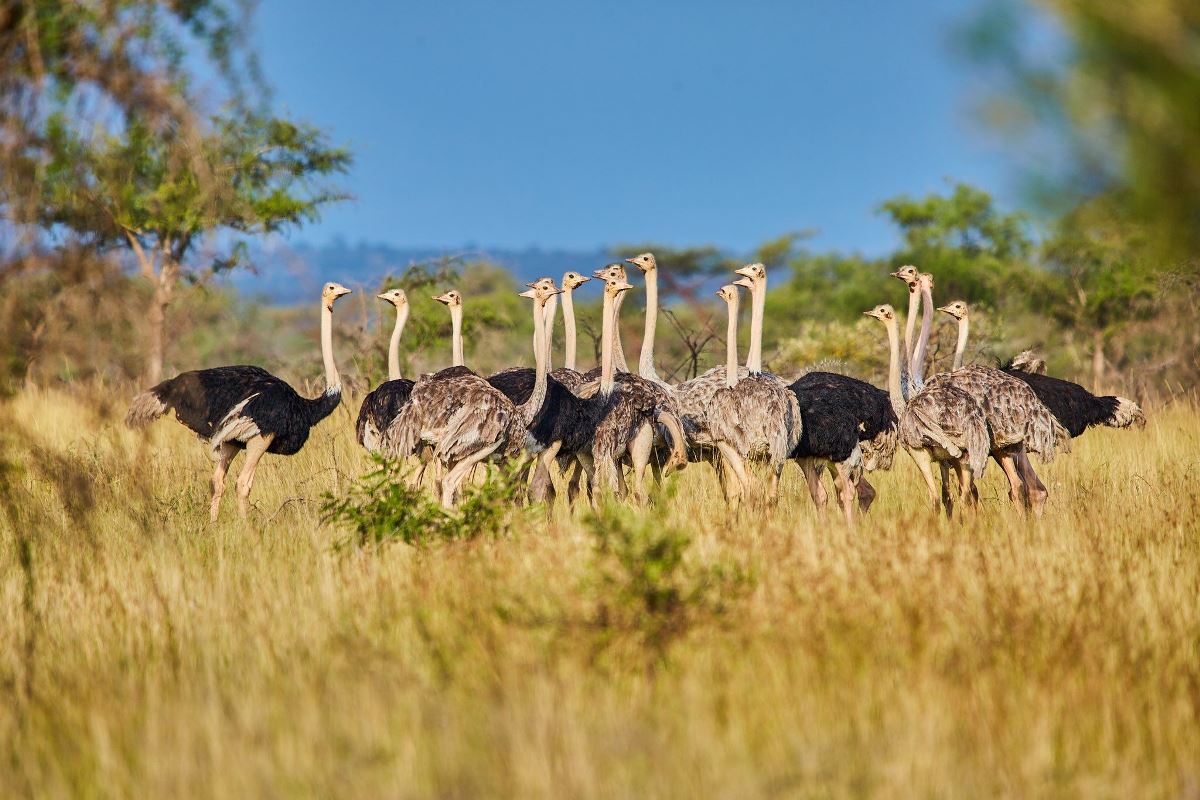
History of pian Upe wildlife reserve
The area today known as pian Upe wildlife reserve was a battleground for the Karamojong, a pastoral tribe in northern Uganda and the pokot a pastoral group that originated from Kenya, the communities of these two groups were separated by a boundary formed by the present-day main road, which leads through the reserve to matheniko and Bokora wildlife reserve. This boundary was usually crossed by warriors of each group, mostly in the period of ruthless cattle rustling, purposely to raid each other’s cattle, which resulted in war.
In 1958 the southern section of the area was gazetted as the Debasien animal sanctuary, when the government of Uganda established an agriculture production project south of Girik river the boundaries of the sanctuary were threatened. In 1964 the boundaries of the sanctuary were expanded northward and the area was renamed to pian Upe game reserve, since then the reserve
Attractions in pian Upe wildlife reserve
Attractions in pian upe wildlife reserve: Pian Upe wildlife reserve is a highly ranked conservation area found in the northeasternregion of Uganda, the reserve lies in the karamoja region covering an area of 2,788 square kilometers. Pian Upe wildlife reserve is part of the great Mount Elgon conservation area and borders Bokora wildlife reserve and Matheniko game reserve.
Primates
Primates are among the wildlife found in Pian Upe wildlife reserve, these primates live in the forest-dominated area of the reserve and they include olive baboons, four-toed hedgehogs, rock hyraxes, Aardvarks, crested porcupine, African hares, vervet monkeys and pata monkeys
Reptiles
Pian Upe wildlife reserve is home to many species of reptiles, which thrive in the wooded savannah and shrub-dominated plains. reptiles in the reserve include geckos, rock pythons, skinks, venomous puff adders, common agamas, savannah monitors and crocodiles, which are found in the Girik River.
Birds
Pian Upe wildlife reserve has been recognized as an important birding site, as it is a habitat to an incredible number of bird species, recorded to be approximately 242 species, thus making it an ideal site for bird watching. Pian Upe wildlife reserve is partly dominated by the loporokocho swamp, which serves as a habitat for many exciting birds, including rare species such as the shoe bill, the uncommon ostrich, Jackson’s hornbill, great Hartlaub’s bustard, and white-headed buffalo weaver, among others. Other bird species that are easily seen in Pian Upe wildlife reserve include karamoja apalis which is endemic to northern eastern Uganda, green bitta, Abyssinian ground hornbills, superb sterling’s, secretary birds and fox’s weaver bird which is a rare bird only found in two locations in the world with pian Upe wildlife reserve as one of it. Pian Upe wildlife reserve is also home to the fox’s weaver bird, which is only found in two places in Uganda, including the reserve itself.
Hiking and Rock Climbing
The varied landscape of Pian Upe, characterized by expansive savannahs and rugged hills, invites exploration. Mount Kadam, located in the eastern part of the reserve, presents opportunities for hiking and rock climbing. These activities not only provide physical challenges but also reward adventurers with panoramic views of the surrounding wilderness. Additionally, the reserve is home to several caves, such as Napedet and Napendio, which feature ancient rock paintings depicting wildlife and human activities, offering a window into the area’s historical significance.
Culture
Pian Upe national park is situated near Karamojong communities, which are found along its boundaries, it’s from the Karamojong slag pian and Upe were the reserve derives its name with pian meaning goof sprinted and Upe meaning enemy. The Karamojong are one of the few communities in Uganda with culture and transition not affected by modernity and technology.
Mammals
Numerous wildlife species may be found at the Pian Upe Wildlife Reserve, which is primarily made up of plateaus and mountains with kopjes and ridges scattered with granite and flat plains covered with green, golden, and woody grasslands. Numerous creatures, including cheetahs, common elands, zebras, hartebeests, Gunther’s dik-dik, Oribis, impalas, cape buffalo, and Ugandan kob, can be found on these plains. Leopards, lions, serval cats, civets, jackals, wildcats, crested porcupines, rock hyraxes, aardvarks, four-toed hedgehogs, olive baboons, spotted hyenas, klipspringers, Kob, waterbuck, blue and common duiker, and vervet and patas monkeys. These creatures add to the incredible game viewing experience in Pian Upe Wildlife Reserve; in fact, it’s one of the greatest locations in Uganda to see cheetahs, the fastest mammal on the planet.
Lake Opeta
Situated south of Pian Upe, Lake Opeta is an extensive wetland system that serves as a crucial dry-season refuge for both wildlife and livestock. The lake and its surrounding swamp are part of Uganda’s Important Bird Areas and are recognized as a Ramsar Wetland of International Importance. The area is particularly significant for bird conservation, supporting a variety of species and contributing to the region’s ecological balance.
Mount Kadam and the rocky hills
Pian Upe wildlife reserve consists of hilly features, including mount Kadam. mount Kadam is situated on the border of karamoja Uganda covering a region of pian Upe wildlife standing at an elevation of 3,063 meters. The mountain and other hilly features in the reserve facilitate mountain climbing and hiking experiences in the reserve.
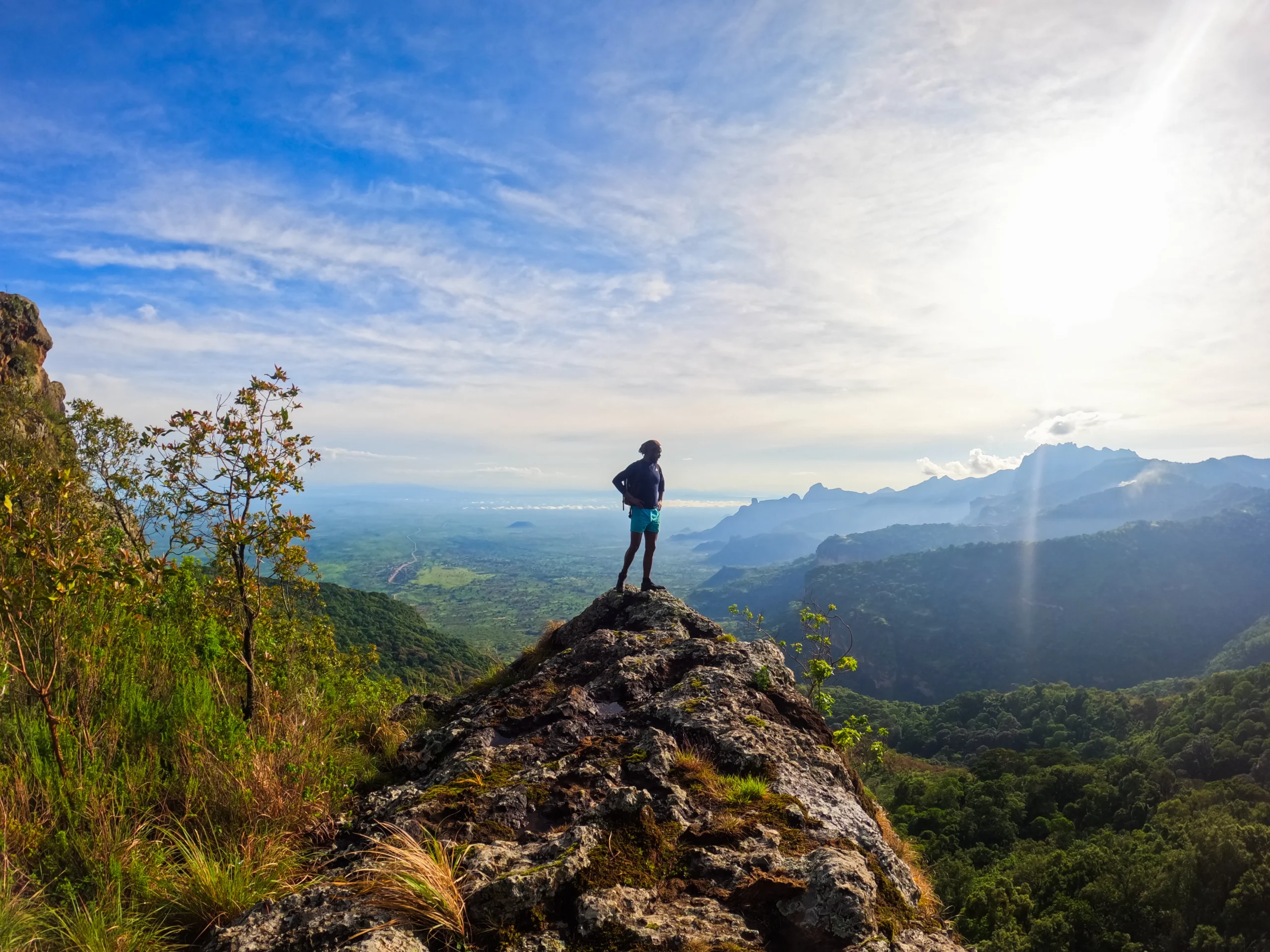
Accommodation and Access
While Pian Upe remains relatively undeveloped compared to other Uganda National parks, it offers basic accommodation options for visitors seeking an immersive experience. The Uganda Wildlife Authority provides bandas within the reserve, and additional lodging can be found in nearby towns such as Mbale and Sipi Falls. Accessing Pian Upe typically involves a 2- to 3-hour drive from Mbale, 6 to 7 hours from Kidepo Valley National Park, and approximately 8 to 9 hours from Kampala.
Conclusion
Pian Upe Wildlife Reserve offers a unique blend of natural beauty, rich biodiversity, and cultural heritage. Its remote location ensures a tranquil experience, allowing visitors to connect deeply with Uganda’s wilderness and its people. Whether you’re a wildlife enthusiast, bird watcher, adventure seeker, or cultural explorer, Pian Upe promises an unforgettable journey into one of Uganda’s most captivating regions.

